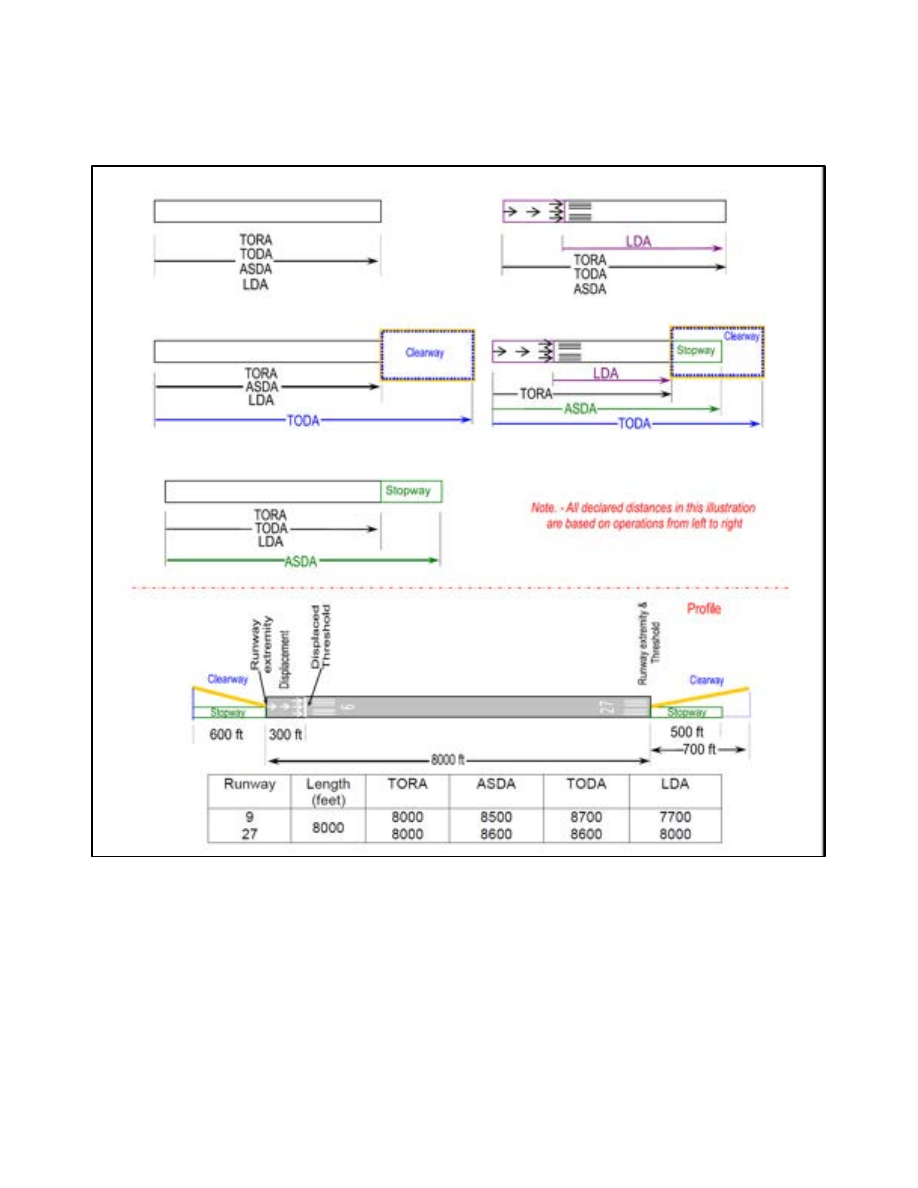
3/21/24
AIM
3.
In the controller’s judgment the vector is necessary for air safety.
e.
Radar navigation assistance (vectors) and other radar derived information may be provided in response to
pilot requests. Many factors, such as limitations of radar, volume of traffic, communications frequency,
congestion, and controller workload could prevent the controller from providing it. Controllers have complete
discretion for determining if they are able to provide the service in a particular case. Their decision not to provide
the service in a particular case is not subject to question.
4
−
1
−
18. Terminal Radar Services for VFR Aircraft
a. Basic Radar Service:
1.
In addition to the use of radar for the control of IFR aircraft, all commissioned radar facilities provide
the following basic radar services for VFR aircraft:
(a)
Safety alerts.
(b)
Traffic advisories.
(c)
Limited radar vectoring (on a workload permitting basis).
(d)
Sequencing at locations where procedures have been established for this purpose and/or when
covered by a Letter of Agreement.
NOTE
−
When the stage services were developed, two basic radar services (traffic advisories and limited vectoring) were identified
as “Stage I.” This definition became unnecessary and the term “Stage I” was eliminated from use. The term “Stage II” has
been eliminated in conjunction with the airspace reclassification, and sequencing services to locations with local procedures
and/or letters of agreement to provide this service have been included in basic services to VFR aircraft. These basic services
will still be provided by all terminal radar facilities whether they include Class B, Class C, Class D or Class E airspace.
“Stage III” services have been replaced with “Class B” and “TRSA” service where applicable.
2.
Vectoring service may be provided when requested by the pilot or with pilot concurrence when suggested
by ATC.
3.
Pilots of arriving aircraft should contact approach control on the publicized frequency and give their
position, altitude, aircraft call sign, type aircraft, radar beacon code (if transponder equipped), destination, and
request traffic information.
4.
Approach control will issue wind and runway, except when the pilot states “have numbers” or this
information is contained in the ATIS broadcast and the pilot states that the current ATIS information has been
received. Traffic information is provided on a workload permitting basis. Approach control will specify the time
or place at which the pilot is to contact the tower on local control frequency for further landing information. Radar
service is automatically terminated and the aircraft need not be advised of termination when an arriving VFR
aircraft receiving radar services to a tower
−
controlled airport where basic radar service is provided has landed,
or to all other airports, is instructed to change to tower or advisory frequency. (See FAA Order JO 7110.65, Air
Traffic Control, paragraph 5
−
1
−
9, Radar Service Termination.)
5.
Sequencing for VFR aircraft is available at certain terminal locations (see locations listed in the Chart
Supplement). The purpose of the service is to adjust the flow of arriving VFR and IFR aircraft into the traffic
pattern in a safe and orderly manner and to provide radar traffic information to departing VFR aircraft. Pilot
participation is urged but is not mandatory. Traffic information is provided on a workload permitting basis.
Standard radar separation between VFR or between VFR and IFR aircraft is not provided.
(a)
Pilots of arriving VFR aircraft should initiate radio contact on the publicized frequency with approach
control when approximately 25 miles from the airport at which sequencing services are being provided. On initial
contact by VFR aircraft, approach control will assume that sequencing service is requested. After radar contact
is established, the pilot may use pilot navigation to enter the traffic pattern or, depending on traffic conditions,
approach control may provide the pilot with routings or vectors necessary for proper sequencing with other
Services Available to Pilots
4
−
1
−
15